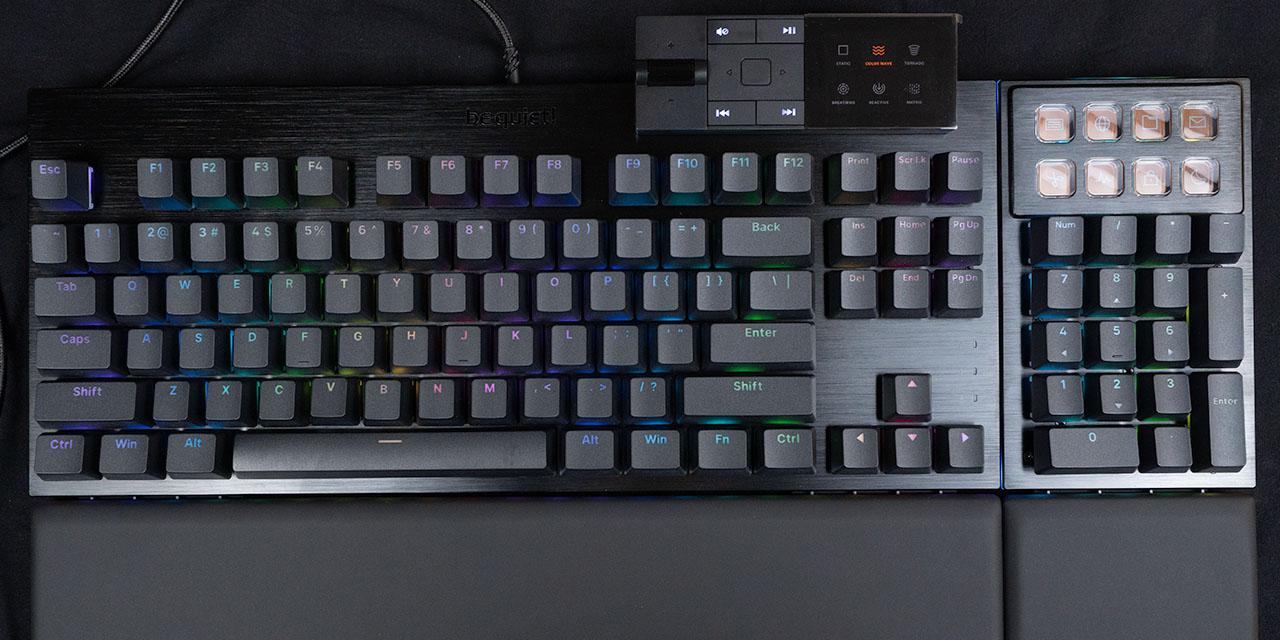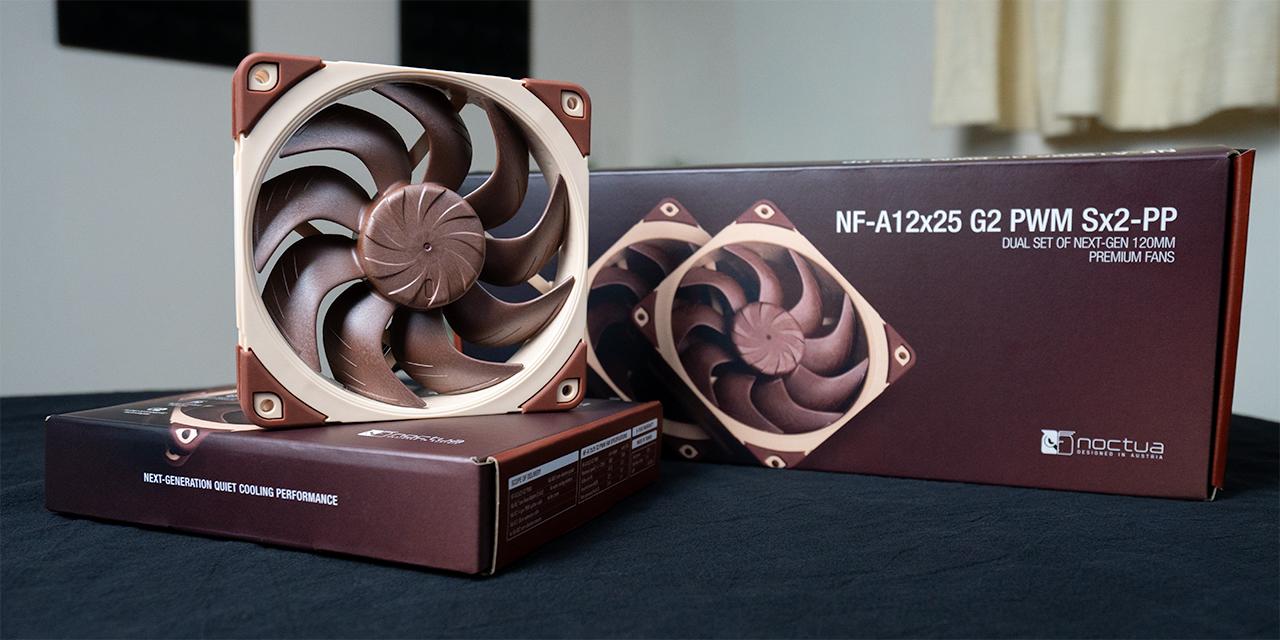Page 2 - A Closer Look, Test System
The Crucial P310 2230 2TB is a very simple looking SSD, both in appearance and physical layout. This is the miniature version of the Crucial P310 2280, which is a mainstream SSD. It comes with no heatsink, so all the components are exposed, as shown in our photo above. The label on the Crucial P310 2230 is placed over the components and gives it the branding and information such as its model name, capacity, serial number, and country of origin.
The P310 2230 2TB, as its name suggests, is an M.2 2230 format SSD. If you are not familiar with the M.2 physical standard, M.2 2230 means the size of the drive is 22mm by 30mm, hence its numerical designation. This form factor is commonly used in ultrathin laptops that are size constrained as well as portable gaming devices such as the Steam Deck. Its components are located on the black printed circuit board, which we will take a closer look at in just a moment. The Crucial P310 2230 2TB works on the NVMe 2.0 logical device interface and plugs into compatible motherboards directly. Electrically, M.2 NVMe interfaces with PCIe 4.0. The P310 uses four lanes for up to 8000MB/s bandwidth in each direction. The weight is unspecified, but I cannot imagine it to be any heavier than any other M.2 2230 format SSD.
Flip the Crucial P310 2230 2TB around, and you will find no components of interest. All there is are regulatory certifications printed on the sticker. Other than that, it is completely blank as all the components are located on the other side. This drive is made in Malaysia, which is where a lot of Crucial SSDs we have reviewed in the past were made.
Remove the label and zoom a bit in, and you can see what the Crucial P310 2230 2TB is made from. There are two key components that can be seen. At the heart of Crucial's P310 2230 2TB is a Phison 5027-E27. This is the same as the P310 2280 and Corsair MP600 Elite 2TB. It is an NVMe solution on the M.2 socket to utilize the bandwidth afforded by the PCIe 4.0 standard. The controller also has native full drive encryption support. To save cost, no DRAM is available to the controller for system memory. Just for background, SSD DRAM is used as a cache for writing data to the drive and storing a table that maps where each logical block address is physically located on the NAND flash memory. However, DRAM chips are not cheap even if you only need 1GB of DRAM per 1TB of storage, so budget SSDs often omit it to cut cost. Instead, DRAM-less SSDs store the mapping data on the NAND flash itself, which affects performance, as flash memory is orders of magnitudes slower than DRAM. To compensate, the NVMe interface supports something called the Host Memory Buffer, which allows the use of some of your computer's RAM to cache the mapping data. This is not as fast as an SSD having its own DRAM, but still much faster than the SSD's NAND flash memory.
The Crucial P310 2230's flash memory are Micron-branded N58R 232-layer quad-level cells in one chip labeled NY325, which translates to the part number MT29F16T08GSLDHL8-24QM:D. Its rated write endurance is rather low at 440TBW for a 2TB drive, which equates to about 241GB per day for five years. This is significantly lower than other M.2 2230 drives relatively to its capacity like the Lexar PLAY 1TB at 600TBW and Western Digital WD_BLACK SN770M 2TB at 1200TBW. Its rated power consumption is not published. 48GB out of the 2048GB total capacity -- just under 3% -- is provisioned for the drive controller for overhead, so the actual usable space is 2TB, as advertised. You will see 1.81TB in Windows.
Specified at 7100MB/s read, 6000MB/s write, up to 1,000,000 IOPS read, and up to 1,200,000 IOPS write over NVMe 1.4 on PCIe 4.0 x4, these figures are impressive for a mainstream M.2 2230 model. It is about one-and-a-half to twice as fast as previous generation PCIe 3.0-based drives. To see how all this hardware translates to numbers in our benchmarks, we will pit the P310 2230 2TB against the big boys of this game to see how this mainstream compact PCIe 4.0-based drive from Crucial steps up against some popular NVMe SSDs from manufacturers like ADATA/XPG, Corsair, Kingston, Lexar, Patriot, Western Digital, and even Crucial themselves in the next seven pages or so.
Our test configuration is as follows:
CPU: Intel Core i7-12700K
Motherboard: ASUS ProArt B660-Creator D4
RAM: Crucial Ballistix DDR4-3600 4x32GB
Graphics: ASUS Dual GeForce GTX 1060 3GB
Chassis: NZXT H710i
Storage: Kingston KC3000 1TB, Western Digital WD_BLACK SN850 NVMe SSD 1TB
Power: Seasonic PRIME Ultra Titanium 850W
Operating System: Microsoft Windows 11 Pro
Compared Hardware:
- Crucial P310 2230 2TB
- ADATA Legend 960 1TB
- Corsair MP600 Core XT 2TB
- Corsair MP600 Elite 2TB
- Crucial P310 2280 1TB
- Crucial P3 Plus 1TB
- Crucial P3 Plus 4TB
- Crucial P5 Plus 1TB
- Crucial P5 Plus 2TB (Heatsink Version)
- Crucial T500 2TB
- Kingston FURY Renegade 1TB
- Kingston KC3000 1TB
- Lexar NM710 1TB
- Lexar PLAY 1TB
- Lexar Professional NM800 PRO 2TB
- Netac NV7000-Q 1TB
- Netac NV7000-t 1TB
- Patriot P400 1TB
- Western Digital WD_BLACK SN770M 2TB
- Western Digital WD_BLACK SN770 NVMe SSD 1TB
- Western Digital WD_BLACK SN850 NVMe SSD 1TB
- XPG Atom 50 1TB
- XPG Gammix S70 Blade 1TB
Page Index
1. Introduction, Packaging, Specifications
2. A Closer Look, Test System
3. Benchmark: AIDA64 Disk Benchmark
4. Benchmark: ATTO Disk Benchmark
5. Benchmark: Crystal Disk Mark 8.0
6. Benchmark: HD Tune Pro 5.70
7. Benchmark: PassMark PerformanceTest 10
8. Benchmark: PCMark 10
9. Benchmark: 3DMark
10. Conclusion





